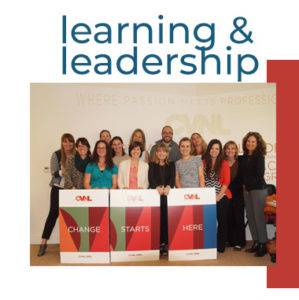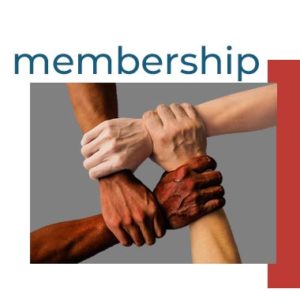In honor of the one-year anniversary of the North Bay Fires
Since 1964, the national award-wining Center for Volunteer & Nonprofit Leadership (CVNL) has advanced nonprofits and volunteerism by strengthening leadership, encouraging inovation, and empowering individuals throughout the Bay Area. CVNL serves as an Emergency Volunteer Center (EVC), overseeing volunteers and donations for Napa and Marin Counties in the aftermath of a disaster.
In the last four years, CVNL has stood up an emergency volunteer center multiple times due to fires and earthquakes. The most recent disaster that struck our region was the North Bay Fires which started on October 9, 2017. We operated two EVCs simultaneously in two different counties. In Napa, we managed over 2,000 volunteers who staffed three evacuation centers and shelters, and in Marin we managed nearly 1,000 volunteers who staffed one large evacuation center and shelter.
Following the fires, we partnered with Redwood Credit Union to distribute $1.621 million to people impacted by the fires. We also distributed grants to nonprofits who provided direct services to people and animals impacted by the fires. CVNL is still involved in Napa’s long term recovery. We recruit and manage volunteers for Napa’s Long Term Recovery Group, which is comprised of nonprofit and government agencies dedicated to the whole community’s recovery.
In Napa County, more than 600 families lost their homes in the fire; many more people lost their jobs because businesses burned down; thousands more residents suffered financially due to the weakened economy. Nonprofits saw a significant increase in the number of clients and in the severity of client needs.
During the fires, volunteers stepped up and filled nearly every role in the shelters and evacuation centers. They cooked and served food, set-up cots, took care of animals, interpreted between Spanish and English, and sorted mountains of in kind donations. Volunteers with professional affiliation provided medical care and childcare. AmeriCorps members filled volunteer lead positions. After the fires, volunteers continue to help. They rebuild homes and schools, plant trees, hold donation drives, and rally their coworkers to volunteers alongside them.
Disaster volunteers come from all walks of life yet share the same goal: alleviate suffering. One particular memory comes to mind. The local Islamic Center learned of our need for shelter volunteers, so three teenage sisters who worship there signed up for an evening shift at a shelter. They said they finished their homework and came right over with their parents’ permission. On the second night they volunteered again and brought their cousins to help. On the third night they brought their parents too. By the last evening shift, the original group of three sisters grew into a group of twelve volunteers who stepped in to feed people, help the elderly walk around at the night, give water to sleepy children, sign in new fire evacuees, and did anything else needed to make the shelter a warm and welcoming place.
What we can do to be better prepared
Registering in advance through the organization that manages the EVC guarantees that you will be used if there is a need. Just showing up often gets in the way of the first and/or second responders. We recommend getting training ahead of time as knowing what the roles are and how the process works in advance makes service smooth and more supportive during a chaotic time.
As the old adage says, practice makes perfect. Dedicate time to practice your emergency plans and continuity plans. Learn how to serve as an Emergency Volunteer Center by practicing at least once a year. Work with your local government agencies so that they know how to integrate volunteers into their own plans. Ultimately, you will be staffing the response efforts that they lead, so show them that volunteers can be assets during disaster response. Government agencies often fear that spontaneous disaster volunteers will become liabilities, but when we strategically plan ahead for volunteer involvement in response, those fears go away and volunteers can significantly contribute to disaster response efforts.
Help is still needed
Donations help CVNL continue its work in the communities it serves, including long-term disaster recovery efforts and disaster preparedness training.








